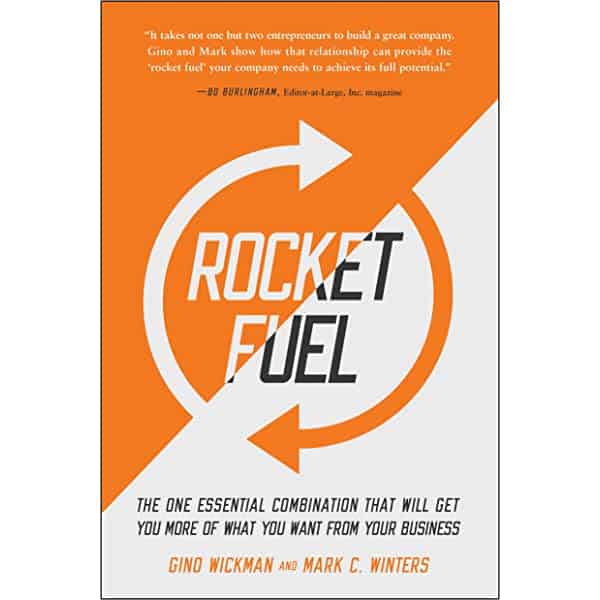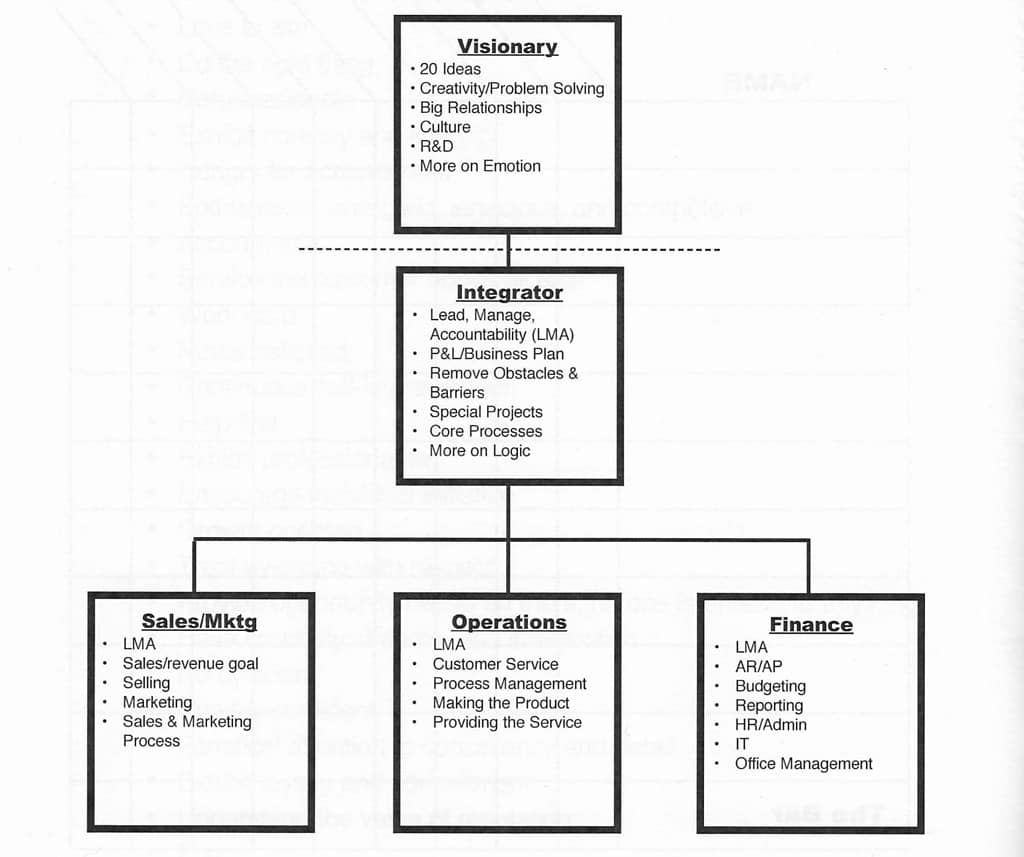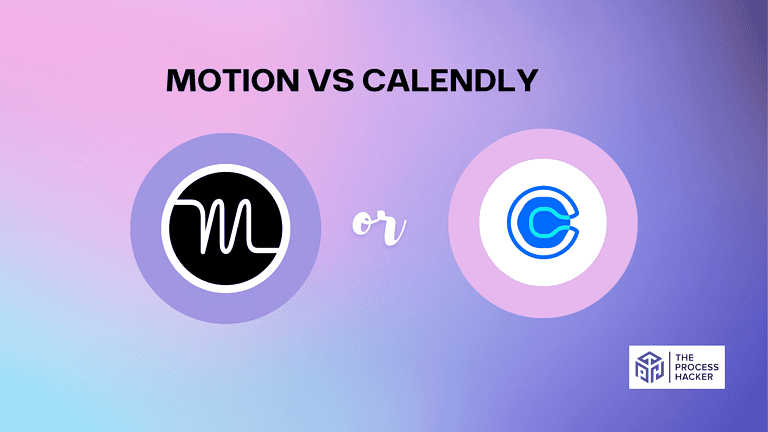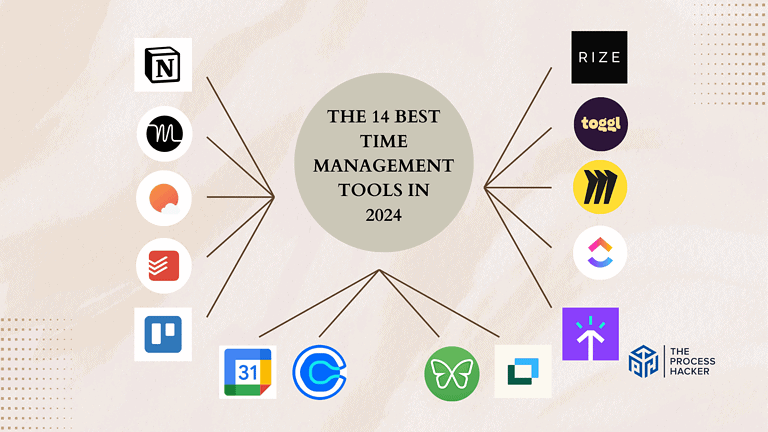Rocket Fuel by Gino Wickman | Book Summary
“When leaders are aligned, great things happen. Leverage your differences. Ignite your leadership with Rocket Fuel.”
Aaron Hall, CEO of Thompson Hall
There are two distinct leadership styles in small businesses: the Visionary who sees the future and the Integrator who makes it happen. In Rocket Fuel: The One Essential Combination that will get You More of What You Want from Your Business, Gino Wickman and Mark C. Winters provide the how-to guide for understanding and managing the relationship between a Visionary and an Integrator to build a successful business.
Buy Rocket Fuel on Amazon

Rocket Fuel by Gino Wickman
The One Essential Combination that will get You More of What You Want from Your Business
The book is part of a larger series about the Entrepreneurial Operating System (EOS), which is a complete tool kit with practical tools to help leadership teams improve, gain traction, and grow their companies. To learn more about EOS, check out the book, Traction: Get a Grip on Your Business (book summary). There are Six Key Components in EOS, which are Vision, People, Data, Issues, Process, and Traction.
Gino Wickman cofounded and sold EOS Worldwide, which is the company that helps you grow your entrepreneurial business and achieve a better life balance using EOS. Mark C. Winters is a Certified EOS Implementer with over 25 years of entrepreneurial leadership experience delivering success to many organizations.
Get the PDF Free Download for the Book Summary of Rocket Fuel: The One Essential Combination that will get You More of What You Want from Your Business by Gino Wickman
Part 1 – The Context
The Visionary
Typically the founder, the Visionary definition in business is the strategic thinker that formulates the vision for where the company is going in the long term.
They contemplate the big picture, set the tone for company culture, and manage client relationships.
Strengths:
- Extremely Passionate: You love your product, service, company, and customers.
- Idea Generator: You have a ton of key ideas every week that range from amazing to terrible.
- Big-Picture Thinker: You are great at maintaining external relationships, closing big deals, or solving challenging issues.
- Sees the Future: You embody the vision for new offers, products, or services, where the market is going, or the client’s future needs.
- Hunter Mentality: You are on the prowl for new ideas, deals, opportunities, and solutions. For more on overcoming the predictable crises of growth, check out The Founder’s Mentality by Chris Zook and James Allen.
Challenges:
- Staying Focused: You get bored quickly with the day-to-day operations which can impede your vision.
- Too Many Ideas: You come up with many ideas that can hinder the execution of the right plans.
- Organizational Whiplash: You execute on your ideas quickly, but your organization cannot keep up with the pace.
- Sweating in the Details: You have difficulting holding people accountable and operate in the details.
- Struggle Developing Talent: You focus more on improving yourself; however, you need to leverage the abilities of others to grow.
Chapter 2 – The Integrator

The Integrator works to gain traction by harmoniously integrating the Leadership Team in a practical and healthy manner. For a Visionary, the right Integrator will be their most valuable asset.
He or she “runs the organization, manages day-to-day issues that arise, and integrates the three major functions.”
The EOS integrator job description is as follows:
Strengths:
- Runs the Day-to-Day: You excel at leadership, management, and holding your people accountable.
- Harmonious Operator: You integrate the business’s major operating functions: sales and marketing, operations, and finance.
- Steady Force: You manage and execute projects well with a steady force, cadence, and consistency.
- Execute the Vision: You clarify and align everyone’s goals (rocks), values, and priorities to carry out the business plan.
- Voice of Reason: You filter all of the Visionary’s ideas to remove obstacles for the leadership team.
Challenges:
- Lack of Appreciation: You are the unsung hero that does not get much praise or attention.
- Pessimistic: You poke holes in the ideas, opportunities, and potential solutions of your Visionary.
- Discipline and Accountability: You hold the leadership team accountable, have to make tough personnel decisions, and deliver bad news.
- Going Slow: You are pressured by the Visionary to execute faster and have to balance new ideas.
- Not Superman: You struggle to achieve everything you want to do when you want to do them.
Chapter 3 – The Relationship

The Visionary and Integrator are opposite business personalities that can complement each other to move the company forward in the same direction. There is a healthy tension that exists that energizes the creativity and results.
As it is challenging to work with an opposing personality, the relationship can fail. When failure occurs, the Visionary removes the Integrator and seeks a new one.
RocketFuel Book Relationship Comparison
Visionaries and Integrators complement each other well in the business, so here is a comparison table to show the differences.
| Visionaries | Integrators | |
| Issues | Solve Issues | Identify Issues |
| Ideas | Generate Many Ideas | Execute the Best Ideas |
| Roles | Better Leaders | Better Managers |
| Mindset | Optimist | Pessimist |
| Working | “On” the Business | “In” the Business |
| Vision | Create the Vision | Execute the Vision |
Four Readiness Factors
These four readiness factors indicate that it may be time for the Visionary to get an Integrator for their business:
- Financial: You can afford to pay an Integrator.
- Psychological: You are ready to give up some control.
- Lifestyle: You want to work fewer hours or focus less on day-to-day management.
- Unique Ability: You want to embrace the Visionary personality to the max.
Download the PDF Book Summary of Rocket Fuel: The One Essential Combination that will get You More of What You Want from Your Business by Gino Wickman
Part 2 – The How To’s
Chapter 4 – The Accountability Chart
The Accountability Chart clearly outlines the structure of your organization and defines individual roles and responsibilities for each person on your team.

There is no one way to structure your organization, so the Accountability Chart can be customized to your needs. When creating your chart, focus on the future to figure out your needs, detach yourself from the present, and elevate yourself to work on the business.
As your company grows in size and scope, the chart will evolve and scale to develop your company’s core processes and create new roles under the major functions. Additionally, each individual should be assigned three to seven responsibilities for each position.
Leadership Team
Your Leadership Team will consist of a small team with three primary business functions:
- Sales and Marketing: generate the marketing strategy and business for the company
- Operations: produces the goods or services and delivers them to the customer
- Finance and Administration: manages cash flow, infrastructure, systems, and hiring
The Leadership Team has two overarching roles of the Visionary and Integrator that work together. Each member of the Leadership Team reports to the Integrator, who harmoniously integrates the three major functions. The Integrator reports to the Visionary, who creates the vision for the company. In the event of disagreement between the Visionary and Integrator decisions, the Integrator breaks the tie.
Challenges
There are four common issues that the Visionary and Integrator face for Accountability Charts:
- Inability for the Visionary to Let Go. The Visionary wants to hang on to many seats, roles, or areas, but this is unnecessary.
- Holding Multiple Roles. Only one person should ultimately be in charge of any primary function to maintain accountability.
- Conducting Work in Multiple Roles. If one does keep multiple roles, one must remember which role they are operating in at any given time.
- Being Both the Visionary and Integrator. Early on, the Visionary is likely also to be the Integrator, which can be frustrating with the lack of traction.
Chapter 5 – The 5 Rules for Rocket Fuel

In Rocket Fuel: The One Essential Combination that will get You More of What You Want from Your Business, Gino Wickman created the following 5 rules to get the full power of the Relationship between the Visionary and the Integrator:
- Stay on the Same Page: The Visionary and Integrator must stay in alignment. The Same Page Meeting is a scheduled monthly meeting between the Visionary and the Integrator to achieve alignment, strengthen relationships, and resolve issues using the Issues Solving Track. It should be held for about two to four hours outside the office.
- No End Runs: Employees, specifically the Visionary and Integrator, should avoid End Runs. These are situations where one bypasses their manager to complain to get a better or different answer to their problem. These actions can cause the Visionary and Integrator to interfere with the effectiveness of the other.
- Integrators Break Ties: Decision-making should be pushed down to the lowest person responsible, with the integrator handling day-to-day issues between departments. Also, when the Visionary and Integrator disagree, the Integrator decides as they are more aware of priorities, problems, and resources.
- Working ‘In’ vs. ‘On’ the Business: When you are working ‘in’ the business, you are an employee. As an owner, you have a different role, as you work ‘on’ the company. Visionaries and Int Owners can feel entitled to make internal decisions, which can confuse them. Owners should allow their employees to execute in their appropriate roles.
- Maintain Mutual Respect: The Visionary and Integrator have to respect each other authentically. You must have a high degree of trust, vulnerability, and honesty. Respect cannot be faked as it will be noticeable to your employees. If you do not have that level of respect, then you should both go your separate ways.
Chapter 6 – Finding Each Other

In this chapter of Rocket Fuel: The One Essential Combination that will get You More of What You Want from Your Busines, Gino Wickman helps Visionaries and Integrators find each other to be Rocket Fuel and secure critical early wins.
Visionaries Seeking Integrators
As a Visionary, you are searching for an Integrator for your organization to complement you and execute your vision.
- Determine how much Visionary your company needs. You can determine the level required from the industry type, growth aspirations, and degree of change faced.
- Map your Visionary profile. Take a personality assessment, like the Visionary Indicator Assessment, to understand your strengths, weaknesses, and how you operate.
- Identify your ideal Integrator profile. From your Visionary personality, you need to figure out the ideal complementary traits and responsibilities of your Integrator.
- Use the Four Readiness Factors to verify the need. As finding an Integrator is difficult, you need to be sure that you are ready to commit to the action to 10X levels.
- Search for your Integrator match. Search for your Integrator by hiring a recruiter, reaching out to your network, or looking within your company. Make sure that the Integrator aligns with your values, passion, and purpose.
- Onboard your Integrator. It will take about 90 days to onboard your Integrator. Then, the rest of the year will be spent ramping up to be comfortable in their new role. For more proven strategies for getting up to speed faster and smarter with your integrator, check out the book, The First 90 Days (audiobook), by Michael Watkins.
- Maintain the Relationship. You both have to work on the Visionary-Integrator Relationship by the process of continually planning, executing, and aligning.
Integrators Seeking Visionaries
As an Integrator, you are searching for an organization to get RocketFuel Integration and be another Visionary’s counterpart to achieve their vision. You can take a personality assessment, like the Integrator Indicator Assessment, to see if you exhibit the traits of an Integrator. If yes, you can get connected to Visionaries by networking, searching for job postings, or hiring a recruiting firm.
Chapter 7 – Patience
The journey of cultivating the Rocket Fuel relationship is difficult and requires patience before, during, and after:
- Before: It will take time to search, recruit, and onboard the right Integrator. Meanwhile, you are the Integrator until you effectively onboard your new Integrator.
- During – First Quarter: For the first 90 days, your hired Integrator should be observing every part of the business by listening and asking questions.
- During – First Year: For the rest of the year, the Integrator will be gradually ramping up their ability to make decisions and manage the day-to-day operations.
- After – It’s Working: The Rocket Fuel relationship evolves to be healthy and functioning. You both stick to your roles as Visionary and Integrator, and it will succeed in the future.
- After – It’s Not Working: Sometimes, it does not work out, so you have to let go of the Integrator and try again. Figure out why the relationship failed to hire a better fit.
Get the PDF Free Download for the Book Summary of Rocket Fuel: The One Essential Combination that will get You More of What You Want from Your Business by Gino Wickman
Next Steps
In the RocketFuel book, Gino Wickman and Mark C. Winters help you understand and manage the relationship between a Visionary and an Integrator to build a successful business. I hope this blog post has inspired you to get your copy of Rocket Fuel or check out the rest of the EOS library:
- Traction by Gino Wickman (book summary): Helps entrepreneurs implement EOS and the Six Key Components to gain traction and grow their businesses.
- Get a Grip (book summary): Tells a fictional business fable about an entrepreneurial company hitting the ceiling. In response, the company’s leadership implements EOS for success.
- How to Be a Great Boss (book summary): Helps leaders and managers at all levels of an organization get the most from their people.
- What the Heck is EOS? (book summary): Provides a complete and simplified guide on the EOS process and tools for your employees.
- The EOS Life: How to Live Your Ideal Entrepreneurial Life (pdf book summary): Live your ideal life “doing what you love, with people you love, making a huge difference, being compensated appropriately, with time for other passions.”
- Process (book summary): Helps you document, simply, and package your core processes such that they are followed by all in your organization.
- Entrepreneurial Leap (book summary): Helps you determine if you are an Entrepreneur-in-the-making, take the Entrepreneurial Leap, and become an entrepreneur.
For more free business book summaries, check out our book summaries archive or post on the best business books.







